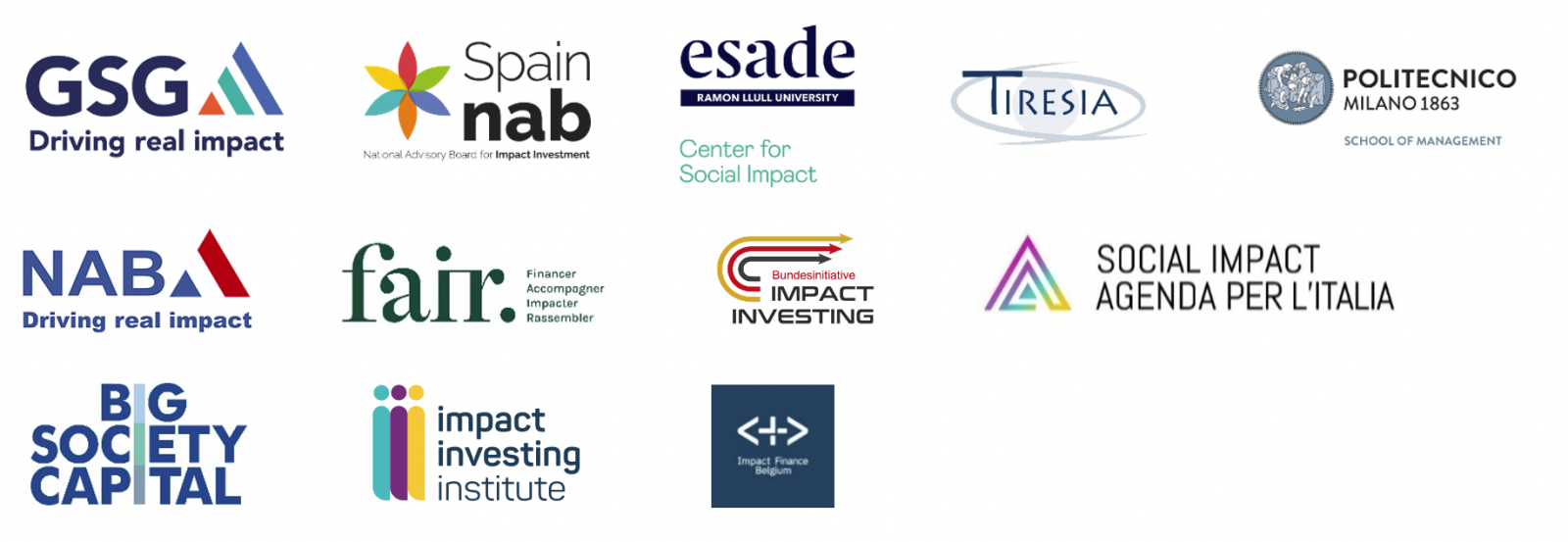Unlocking Institutional Resources
Institutional investors hold a significant share of global financial resources. What will it take to integrate them in the impact ecosystem?

Impact investing has reached a pivotal moment; an increasing influx of interest and capital from various public and private stakeholders bodes well for the ongoing transition from a niche practice to the mainstream. However, the untapped potential of institutional investors remains a critical factor in supplying capital for impact investing. Impact ecosystem players are now seeking to mobilise institutional resources at scale, challenging existing perceptions and revealing the real opportunities for financial and impact returns.
Institutional investors, including pension funds, insurance companies and banks, hold a significant share of global financial resources. These funds represent a potent source for effecting positive change and driving the realisation of the Sustainable Development Goals (SDGs).
It will take work, however, to make institutional investors comfortable, and fully integrated contributors to the impact ecosystem. As discussed on our podcast with Laure Wessemius-Chibrac, managing director of the Dutch National Advisory Board (NAB), a recent study has shown the value of changing perceptions within the institutional investor community.
*
From misperceptions to mobilisation
The prevailing perception among institutional investors is that impact investing remains a niche sector with high risks. This perspective stems from limited track records and perceived liquidity issues. However, pioneering impact investors have been consistently generating extensive track records for over two decades. These records demonstrate the possibility of achieving both financial and impact returns simultaneously in some sectors, although patience and concessionary capital are necessary in other areas.
To overcome misconceptions and mobilise institutional resources, stakeholders need to present data and evidence that dispel false myths about risks and financial returns and emphasise the benefits of transitioning to an impact investing approach.
The Netherlands Advisory Board on impact investing recently conducted groundbreaking research on this topic. Their report, “Changing perceptions: An analysis of private debt in emerging markets under Solvency II”, sought to address the high level of capital requirements as a barrier for impact investments, particularly in the case of private debt investments in emerging markets. Thanks to the track-record data collected for the study and a thorough analysis of the European insurance regulation, the study aimed to shed light on this topic.
Historically, the financial sector has implemented stringent capital requirements in response to financial crises. Regulations such as Basel and Solvency II were established to ensure that financial institutions maintain adequate equity to absorb losses and prevent insolvency. During the Dutch NAB’s research, it became evident that capital charges for private debt in emerging markets were not excessive, and existing regulations were appropriate. What was amiss was the perception among institutional investors, which estimated these capital requirements to be much higher. This misperception led to a request for higher returns and hindered investment in impact projects.
Debunking the misconceptions about capital requirements was only one part of the equation. The study emphasised the importance of reviewing return expectations in light of the actual risk levels associated with impact investments. In many cases, expectations for returns were much higher than justified by the financial risk. In emerging contexts, for example, institutional investors pool the various asset classes together in the same geographies, while the actual risk, and subsequent capital requirements, of private equity are much higher compared to private debt. Moreover, institutional investors tend to rely on country ratings to compute risks, which are quite far from the actual risk of an investment. The misperception caused by these practices have hampered the sector's growth.
Developing markets present unique opportunities for impact investment, with a substantial portion of the investable universe in private assets. Private debt, in particular, plays a crucial role in addressing challenges like the energy transition. Private debt investments offer lower risk profiles compared to private equity, providing opportunities for blended finance structures and increased agility.
Perspective shift
Institutional investors often base their decisions on data models that highlight the higher economic cost of investing in impact solutions compared to maintaining the status quo. This perspective fails to consider the real damages caused to people and the planet when significant pools of capital do not contribute to solutions.
To effect a shift in institutional decision-making, the sector must emphasise the need to price externalities. The impact investing community has long advocated for a transition to a double materiality approach, which accounts for both internal and external contexts.
The way forward
The Netherlands' robust presence in private debt investments in emerging markets is the result of decades of expertise and trust built by seasoned fund managers, further bolstered by a strong community-oriented ethos in Dutch society and a tradition of international engagement.
However, unlocking institutional resources for impact investing remains a global challenge. It requires harmonising norms and standards, streamlining the investment landscape and simplifying the decision-making process. These efforts can make impact investing more accessible and appealing for institutional investors.
In addition to harmonisation, public-private partnerships will play a crucial role in tackling challenges and encouraging institutional investments that leave no one behind. These partnerships can provide catalytic capital, de-risk solutions and enhance returns where necessary, making it more feasible for institutional investors to fulfil their fiduciary duty and participate in the impact sector. As the impact investing market evolves, its success will depend on the ability to mobilise institutional resources and change the perception that impact investing is a niche sector with limited potential. The journey toward a more sustainable and inclusive future continues, with research and evidence paving the way for lasting change.
*
Join Laure at in the Talking Numbers panel at Impact Week on 23 November!
Partners


